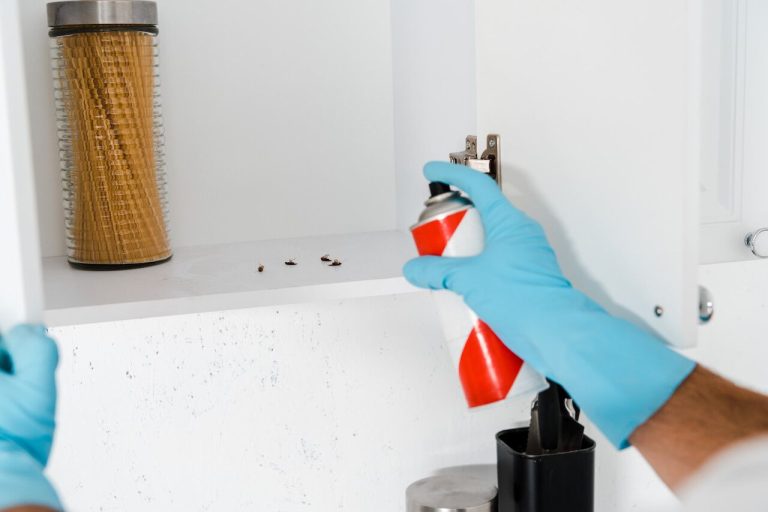As the weather heats up, many of us are taking to the outdoors to exercise. Exercising outdoors...
Day: January 25, 2022
Coaches must remember that motivation is a key factor in keeping athletes engaged. After all, no one...






